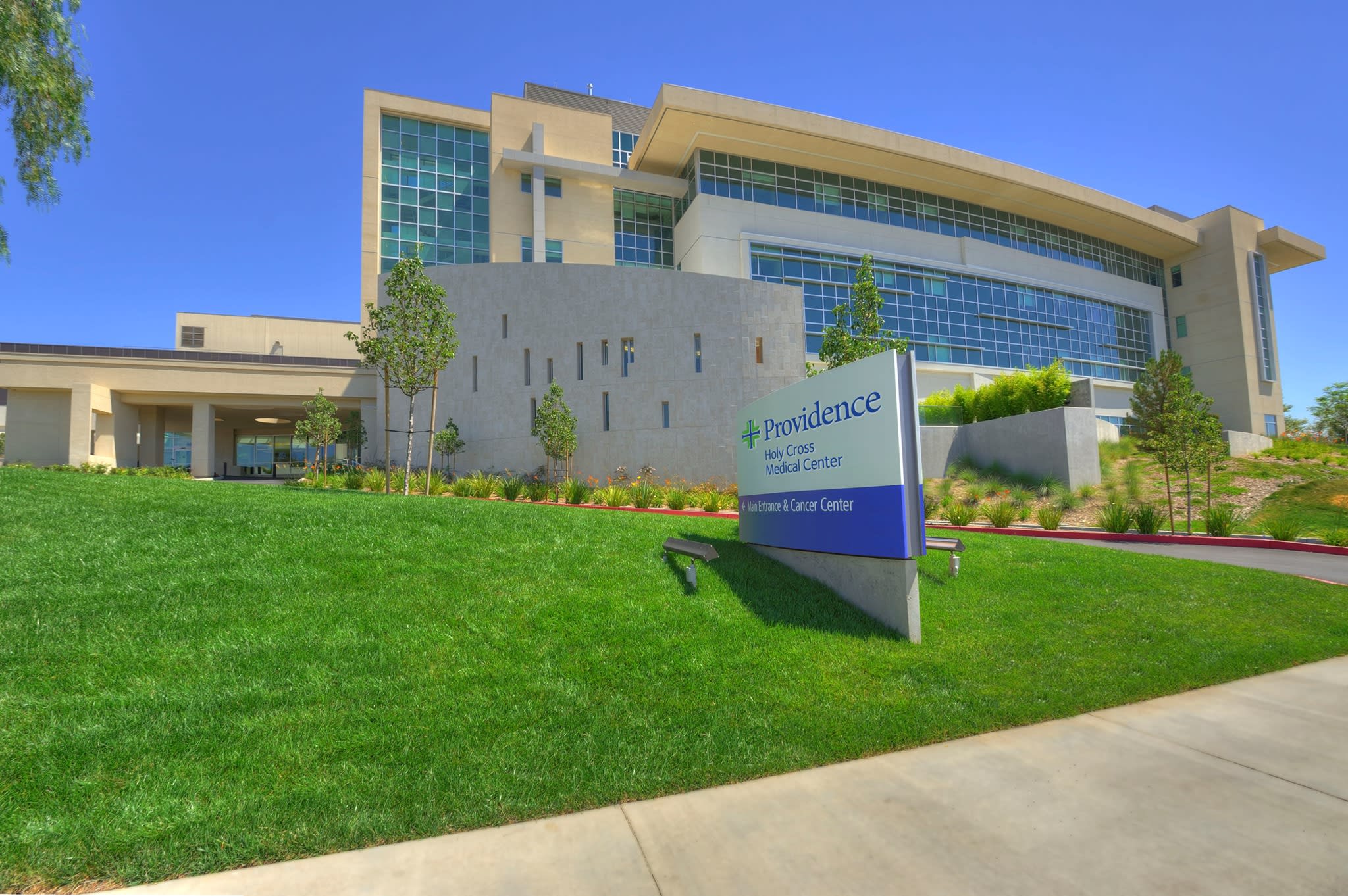Five ways to prevent skin cancer
 May is Melanoma and Skin Cancer Awareness month but protecting your skin should be top of mind every day. According to The Skin Cancer Foundation, skin cancer is the most common form of cancer in the United States with over five million cases confirmed each year. The good news is that skin cancer is also quite easy to prevent.
May is Melanoma and Skin Cancer Awareness month but protecting your skin should be top of mind every day. According to The Skin Cancer Foundation, skin cancer is the most common form of cancer in the United States with over five million cases confirmed each year. The good news is that skin cancer is also quite easy to prevent.
What is skin cancer?
The National Institute of Cancer explains that cancers are the result of genetic changes to the way cells normally grow and divide. When skin cells are damaged by the sun’s ultraviolet (UV) rays, it can lead to abnormal cell growth and cause skin cancer.
Skin cancers begin in the outer layer of our skin, the part we can see, which is called the epidermis. The most common types of skin cancer come from the three kinds of cells found in the epidermis:
- Squamous cell carcinoma — Cancer formed in the top layer of the epidermis
- Basal cell carcinoma — Cancer located under the squamous cells
- Melanoma — Cancer formed in the melanocytes cells that make pigment and are in the lower part of the epidermis
“Melanoma is not as common as squamous and basal cell carcinoma, but it is the more aggressive cancer of the three,” said Hans Schoellhammer, M.D., surgical oncologist at Providence Holy Cross Medical Center. “Melanoma can spread to other parts of the body if not detected early.”
Who is at risk?
The short answer is — everyone. The sun’s UV rays do not discriminate, but some people are at a higher risk of developing skin cancer than others. This includes people with fair skin, a large number of moles and skin that freckles or reddens easily when exposed to the sun.
“If a person has a family history of skin cancer, they should definitely be more cautious about sun exposure and get checked regularly,” said Dr. Schoellhammer. “Those who work outside for long periods of time such as construction and agricultural workers, are also at high risk, regardless of skin color.”
Sun safety is not just for the summer
Any skin that is exposed to the sun is at risk of skin cancer. By incorporating these habits into your daily routine, you can protect yourself and your family year-round.
2. Make sunscreen part of your daily routine. Sunscreen is not just for the beach or pool! Every morning, put on a sunscreen of at least SPF30 or higher and reapply every couple of hours if you are outside or every four hours if you are staying mostly indoors.
3. Wear protective clothing. Broad hats can provide shade to your face, ears and neck; sunglasses offer an extra layer of protection for your eyes; and pants and long sleeves can cover everything else.
4. Don’t use tanning beds. According to The Skin Cancer Foundation, using a tanning bed before the age of 35, even one time, increases your risk of developing melanoma by 75 percent. The danger increases each time you use a tanning bed.
5. Check your skin regularly. Dr. Schoellhammer recommends keeping an eye out for any changes to your skin, such as a mole that changes size or shape, a new growth you’ve never seen before or a sore that doesn’t seem to heal. Seeing a dermatologist annually or doing monthly skin self-exams is ideal. Early detection is the most important factor in treating skin cancer.
“Even though skin cancer tends to appear later in life, skin damage can begin in childhood,” said Dr. Schoellhammer. “It is not too late for you to prevent further trauma to your skin, and you can help your kids learn sun safety habits now for a lifetime of healthy skin.”
Contributing physician
Hans F. Schoellhammer, M.D., City of Hope surgical oncologist at Providence Holy Cross Medical Center in Mission Hills, Calif.
Find a doctor
If you are looking for a Providence dermatologist, you can search for one who’s right for you in our provider directory.



